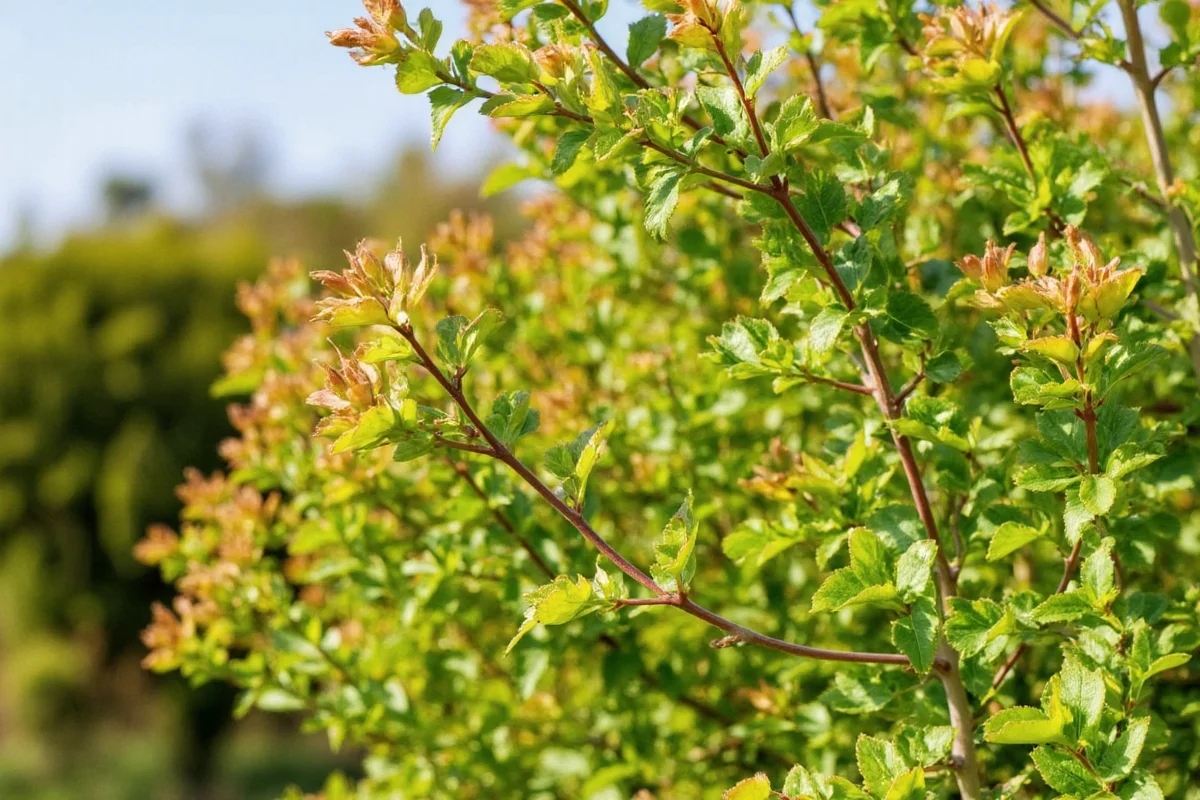Air plants, or Tillandsias, are fascinating and unique plants that do not require soil to grow. Known for their ability to absorb moisture and nutrients from the air, they make excellent houseplants for those looking to add greenery without the hassle of traditional potting methods. This guide will introduce you to various types of air plants and provide easy and practical care instructions. Whether you're a novice or an experienced plant owner, understanding the diversity and requirements of air plants will lead to healthier growth and flourishing plants.
Understanding Air Plant Varieties
Air plants, scientifically known as Tillandsias, are a diverse group with over 600 species belonging to the Bromeliaceae family. Native to regions like the forests, mountains, and deserts of Central and South America, these extraordinary plants offer a range of shapes, sizes, and colors. Some popular varieties include:
- Tillandsia Ionantha: Known for its vibrant colors, especially during the blooming period, this variety is compact and forms rosettes.
- Tillandsia Xerographica: A larger air plant with curly leaves, this species makes a dramatic statement with its grand appearance.
- Tillandsia Bulbosa: Distinctive for its bulbous base and thin, wavy leaves, Bulbosa displays bright colors during flowering.
- Tillandsia Caput-Medusae: Its serpentine leaves resemble the snakes on Medusa's head, offering a unique aesthetic.
- Tillandsia Usneoides, or Spanish Moss: Famous for draping over trees, this air plant thrives in moisture-rich environments.
Each type of Tillandsia offers unique characteristics and requires specific care techniques to flourish. With this diversity, air plants cater to various tastes and preferences, making them delightful and versatile additions to any plant collection.
Optimal Growing Conditions for Air Plants
Providing the right environment for air plants involves understanding their needs for light, temperature, and humidity. These factors significantly impact their health and growth:
- Light: Air plants thrive in bright, indirect sunlight. Too much direct sunlight can scorch their leaves, while too little light can impede growth. Position them near windows that receive filtered sunlight.
- Temperature: Ideal temperatures range between 50°F and 90°F (10°C to 32°C). Avoid placing them near heating vents or air conditioners that can lead to temperature extremes.
- Humidity: These plants naturally absorb moisture from the air, so a humid environment is beneficial. Consider misting them regularly, especially in dry climates.
To successfully grow air plants, understanding and maintaining these conditions is crucial. Adjust their environment as needed to ensure their long-term health.
Watering Practices for Air Plants
Watering air plants may seem unconventional compared to traditional plants. Since they absorb water through their leaves, it's important to follow a proper watering routine:
- Soaking: Submerge the plants in water for 20 to 30 minutes once a week. After soaking, shake off excess water to prevent rot.
- Misting: In addition to soaking, mist the plants 2 to 3 times a week, especially if your environment lacks humidity.
- Signs of Dehydration: Wrinkled or curling leaves indicate the plant is dehydrated. Increase watering frequency if these signs appear.
Proper watering ensures your air plants remain hydrated and healthy, promoting resilient growth and flowering.
Nutritional Requirements for Air Plants
Although air plants absorb nutrients from their surroundings, providing them with adequate nutrition enhances their vigor:
- Fertilizer: Use a bromeliad or orchid fertilizer once a month during the growing season (spring and summer). Apply it in a diluted form to avoid scorching the leaves.
- Natural Nutrients: Besides fertilizer, air plants capture dust and organic particles from the atmosphere that contribute to their nutrition.
- Environmental Factors: Healthy air plants also benefit from clean air, as pollutants can hinder their nutrient absorption.
Supplementing air plants with nutrients ensures robust development, helping them maintain bright colors and support healthy blooms.
Creative Display Ideas for Air Plants
Air plants offer endless possibilities for decorative arrangements due to their versatility and unique appearance. Here are a few creative ideas:
- Terrariums: Arrange air plants in glass containers alongside decorative sand, rocks, and shells for a stylish display.
- Hanging: Utilize macrame or clear fishing line to suspend air plants in mid-air, creating the illusion they are floating.
- Mounted Art: Adhesive hooks or wooden planks serve as bases for mounting air plants, enhancing wall decorations.
- Driftwood and Stones: Combine air plants with natural elements for a rustic touch that complements various interiors.
Creative arrangements add personality and artistry to your space while displaying the natural beauty of air plants.
In conclusion, air plants are remarkable living decorations that require minimal effort yet offer unlimited decorative potential. By understanding their types, optimal conditions, watering needs, nutrition, and display possibilities, you can cultivate thriving air plants that enliven and beautify your environment.











 浙公网安备
33010002000092号
浙公网安备
33010002000092号 浙B2-20120091-4
浙B2-20120091-4